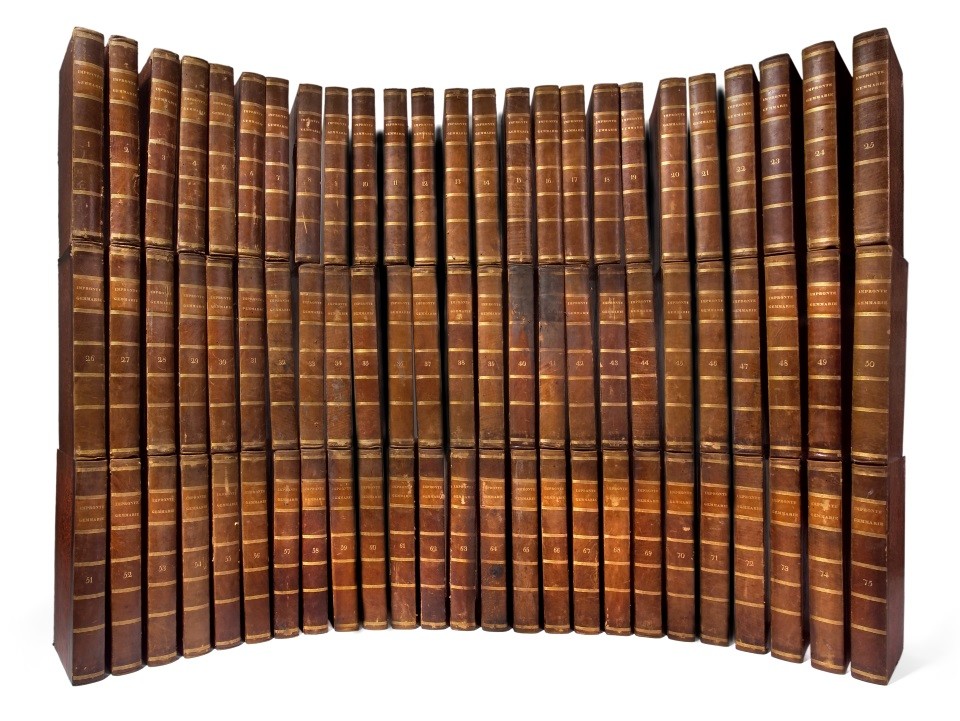The Museum August Kestner is one of the few institutions to possess a complete copy of the so-called 'great Cades'.
Tommaso Cades, a Roman gem engraver, published this dactyliotheque on his own initiative. August Kestner advised him on the arrangement.
This collection of impressions of ancient and post-ancient gems was created as one of the first 'research projects' of the German Archaeological Institute, co-founded by August Kestner. (AVS)
Former August Kestner Collection, Rome
en









